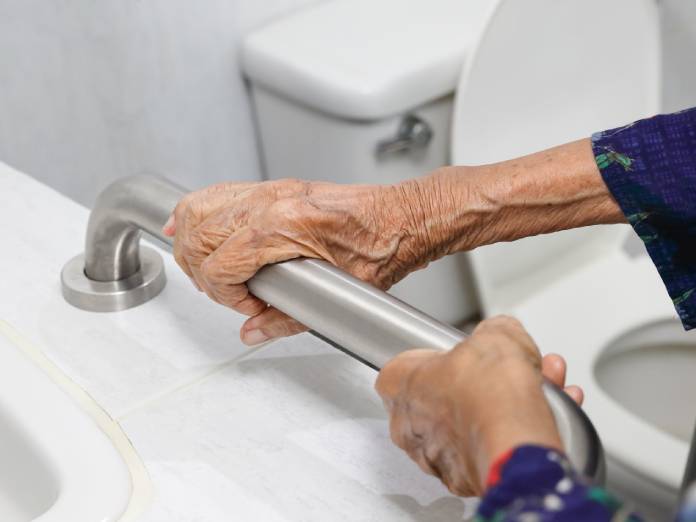Creating a safe home environment is one of the most important responsibilities caregivers face when supporting older adults. With age-related changes in vision, mobility, and cognitive function, everyday household items and areas can become potential hazards.
Fortunately, it’s possible to prevent home safety risks with proper planning and simple modifications. Check out these home safety tips for caregivers to protect older adults.
Conduct a Thorough Home Safety Assessment
Begin by walking through every room with fresh eyes, looking for potential hazards that could cause falls or injuries. Remove loose rugs, secure electrical cords against walls, and clear pathways of clutter. Pay special attention to lighting throughout the home, ensuring that all areas have proper lighting, particularly stairways and hallways.
Install nightlights in bedrooms and bathrooms to provide safe navigation during nighttime hours. Mount grab bars near toilets and in shower areas in every bathroom, as these spaces present the highest risk for slip-and-fall accidents. Consider replacing round doorknobs with lever-style handles, which are easier to grip for those with arthritis or limited hand strength.
Secure Medications and Hazardous Materials
Proper medication management prevents accidental poisoning or dangerous drug interactions. Store all medications in a locked cabinet or container, away from heat and humidity. Regularly review prescription bottles with the older adult, disposing of expired or unused medications safely through pharmacy take-back programs.
Keep cleaning supplies, pesticides, and other toxic materials in secure, clearly labeled containers. Post emergency contact numbers, including poison control, local emergency services, and primary health-care providers, in easily visible locations near telephones.
Implement Fire Safety Measures
Fire safety requires prevention and preparation. Install smoke detectors on every level of the home, testing batteries monthly and replacing them annually. Keep a properly maintained fire extinguisher in the kitchen and ensure everyone knows its location and basic operation.
Develop a clear fire escape plan with two exits from every room when possible and practice this plan regularly. Remove overloaded electrical outlets, frayed cords, accumulated papers or fabrics, and other fire hazards near heat sources.
Enhance Security To Prevent Falls
Falls are the leading cause of injury among older adults, making fall and injury prevention a top priority. Install sturdy handrails on both sides of staircases, ensuring they extend beyond the top and bottom steps.
Place non-slip mats in bathtubs and shower floors, and consider installing a raised toilet seat for easier transfers. Evaluate whether a personal emergency response system would provide additional security, allowing immediate access to help if an accident occurs.
Creating a safer home environment requires ongoing attention and regular updates as needs change. With these essential home safety tips for caregivers to protect older adults, you can provide your loved one with the security and peace of mind they deserve in their own home.







